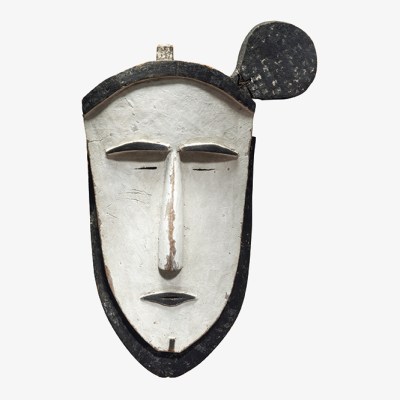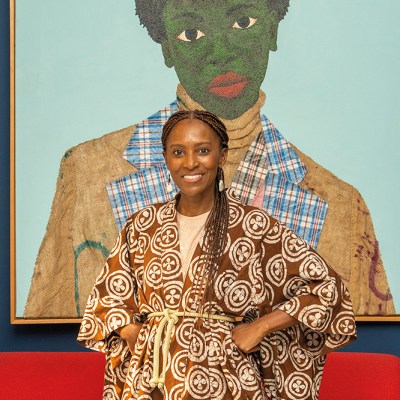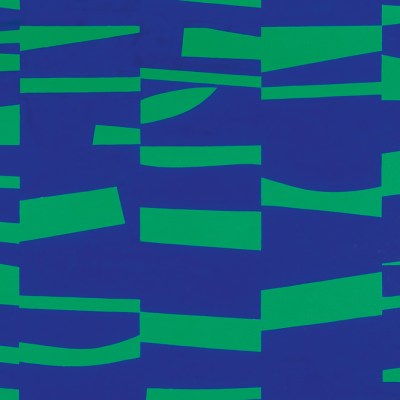From the July/August 2023 issue of Apollo. Preview and subscribe here.
I first explored the collections of the Museum of Archaeology and Anthropology (MAA) in Cambridge in 1986, when I was a postdoc intrigued by the histories of colonialism and anthropology that had brought thousands of artefacts from the Pacific to a university collection. Twenty years later I became director of the museum, which allowed me the special opportunity to work closely on its extraordinary collections.
Among them is a group of 102 Pacific artefacts brought back by Captain James Cook from his first voyage in the Endeavour. Cook gave the pieces to Lord Sandwich, his patron at the Admiralty, who presented them to Trinity College within a few months of the ship’s return in 1771. This is one of the first collections of artefacts by Indigenous peoples to be systematically documented and placed in an educational institution. It was, in other words, the moment when the contentious business of ethnographic collecting began.
In 1986, I was intrigued by one of the works that had reached Cambridge more than 200 years earlier, and it has fascinated me ever since. The inventory of 1771 refers to it as an ‘ornamental carving’. Made of ficus (fig) wood, it has a base that is deeper in its central section than at each end. On that base are linked anthropomorphic figures and an animal. The animal is sculpted in the round, but the humanoids are angular and doubled, such that the work has no front or back. The sides of the support bear vigorous diagonal hatching.
With its double-headed figures, the composition as a whole takes a form that is common in Oceanic art, associated with vision and power. But these are not true Janus figures: a carved groove separates the ones ‘in front’ from those behind; the lower bodies and legs are joined but four linking arms in the centre are not. The perplexing feature of the work is its apparent compositional incompleteness. The conjoined figures suggest a chain that should have continued; the arm of the figure at the end is broken off, so we have no sense of whether elements of some form of balanced sculpture are missing.
As the cultural origins of this work and its context had long been matters of speculation among historians of Oceanic art, the MAA analysed the sculpture to ascertain its date and provenance in 2016. It was not surprising that the wood was from Tahiti, where Cook and his companions had contact with Islanders, and where he received high-status gifts. Yet it was astonishing to discover that the sculpture was probably 50 to 80 years old at the time Cook received it. In a tropical environment, it cannot have been common for perishable works to be preserved over generations: this was a valued piece, a kind of antiquity.
The motif I have always thought of as ‘the double-double figure’ is often related in anthropological literature to the famous Kaitaia carving – a sculpture for a gateway, thought to date from the 14th century, that was discovered in the north of Aotearoa New Zealand in 1921. The resemblance between tiki, the god or ancestor figures in both the Kaitaia carving and the figure at MAA, manifests the connections between the cultures of eastern Polynesia and Maori – New Zealand was settled by Islander voyages from Tahiti or its region. One of the ambitions of the curators of the ‘Oceania’ exhibition at the Royal Academy in 2018 was to bring the two works together for the first time.
Among the Maori and Tahitian representatives who attended the ceremonial opening of the exhibition was Heremoana Maamaatuaiahutapu, the French Polynesian minister for culture, who spoke eloquently about the great Pacific works on display. He described the pieces as ambassadors; their presence in European museums honoured their cultures of origin. But he also stressed that from time to time ancestors need to return home and reconnect with their people.
During this time, work was progressing on the renovation and expansion of what is now called Te Fare Iamanaha Musée de Tahiti et des Îles. Founded in the 1970s, the institution reopened in March. Its new beautiful, light-filled gallery meets 21st-century international museum standards; within it are displayed rich collections representing the traditions of the Marquesas, the Austral Islands and other islands and archipelagos of French Polynesia, as well as Tahiti. There are also exceptional pieces on long-term loan from the Musée du Quai Branly, the British Museum and MAA. The ‘double-double’ carving – the first work of Oceanic sculpture to be collected by any European (that we know of) – has been reanimated. For the first time in 250 years, it is truly accessible to Islanders, an awesome presence among its home communities.
From the July/August 2023 issue of Apollo. Preview and subscribe here.


